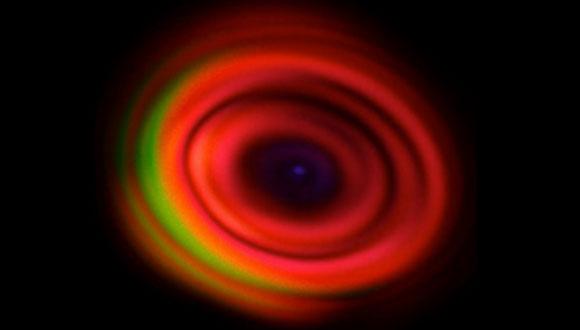LMI Seminar: Hot Nanophotonics: Let’s do something useful with metal losses
Romain Quidant, ICFO-Institut de Ciències Fotòniques, The Barcelona Institute of Science and Technology, Castelldefels (Barcelona), & ICREA-Institució Catalana de Recerca i Estudis Avançats, Barcelona
Abstract:
Recent years have witnessed a growing interest in controlling temperature on the nanoscale motivated by applications to different fields, including information technology, chemistry and medicine. Under illumination at its plasmon resonance, a metal nanoparticle features enhanced light absorption, turning it into a nano-source of heat, remotely controllable by light. By combining efficient light-to-heat conversion, strong temperature gradients and fast time dynamics, plasmon-enabled heating (also known as Thermoplasmonics) opens a wide range of new opportunities over standard heating schemes. So far, extensive efforts have already been put into exploiting those assets in the context of nanomedicine and high-density data storage.
In this talk, we propose to extend the range of applications that can benefit from Thermoplasmonics with a focus on three main technologies:
-
Plasmon-powered optofluidics and biosensing – In this first part of the talk, we aim at controlling fluids dynamics on the micro-scale as a way to improve the performance of integrated plasmon-based biosensing platforms. By creating a temperature gradient between two planar electrodes, we induce a controllable electrothermooptical effect capable to direct the fluid towards the sensing region of the chip, resulting in a faster binding dynamics and larger resonant shift [1]. We also demonstrate the possibility to engineer the temperature gradient to achieve more complex optofluidic functionalities [2].
-
Electrically driven varifocal metalens – By cascading a static Si-based metalens with a thermo-optical module, we achieve a varifocal lens. We demonstrate how a proper micro-engineering of the thermal landscape enables to vary the focal distance by up to 25% at 12V. We fully characterize the beam quality, showing little aberration introduced by the heating module, and measure the response time in the 1-100ms range. The technology is successfully validated in the context of microscopy [3]. Remarkably, it is shown that our approach enables us to go beyond a simple lens and achieve a wide range of more complex phase landscapes [4].
-
Plasmon-assisted 3D printing – In this last example, we study the use of nanoplasmonics to overcome some major limitations of light-powered 3D-printing. In particular, we demonstrate that a solution of gold nanorods, engineered to resonate in the near infrared region of the spectrum, can be used as an invisible plasmonic ink for light-induced sintering of polymer powders. When compared with current strategies using carbon black inks, our approach offers an increase sintering efficiency and enables a full control over the printing color [5].
References:
[1[ J. Garcia-Guirado, R. Rica, J. Ortega, J. Medina, V. Sanz, E. Ruiz-Reina, R. Quidant, Overcoming diffusion-limited biosensing by electrothermoplasmonics, ACS Photonics 5, 3673 (2018)
[2] B. Ciraulo et al, In preparation
[3] A. Afridi, J. Canet-Ferrer, L. Philippet, J. Osmond, P. Berto, R. Quidant, Electrically-driven varifocal metalens, ACS Photonics, 5, 4497-4503 (2018)
[4] P. Berto, L. Philippet, A. Afridi, J. Osmond, G. Tessier, R. Quidant, Tunable free-form planar optics, submitted (2018)
[5] A. W. Powell, A. Stavrinadis, I. de Miguel, G. Konstantatos, R. Quidant, White and brightly colored 3D printing based on resonant photothermal sensitizers, Nano Lett. 18, 6660-6664 (2018)


